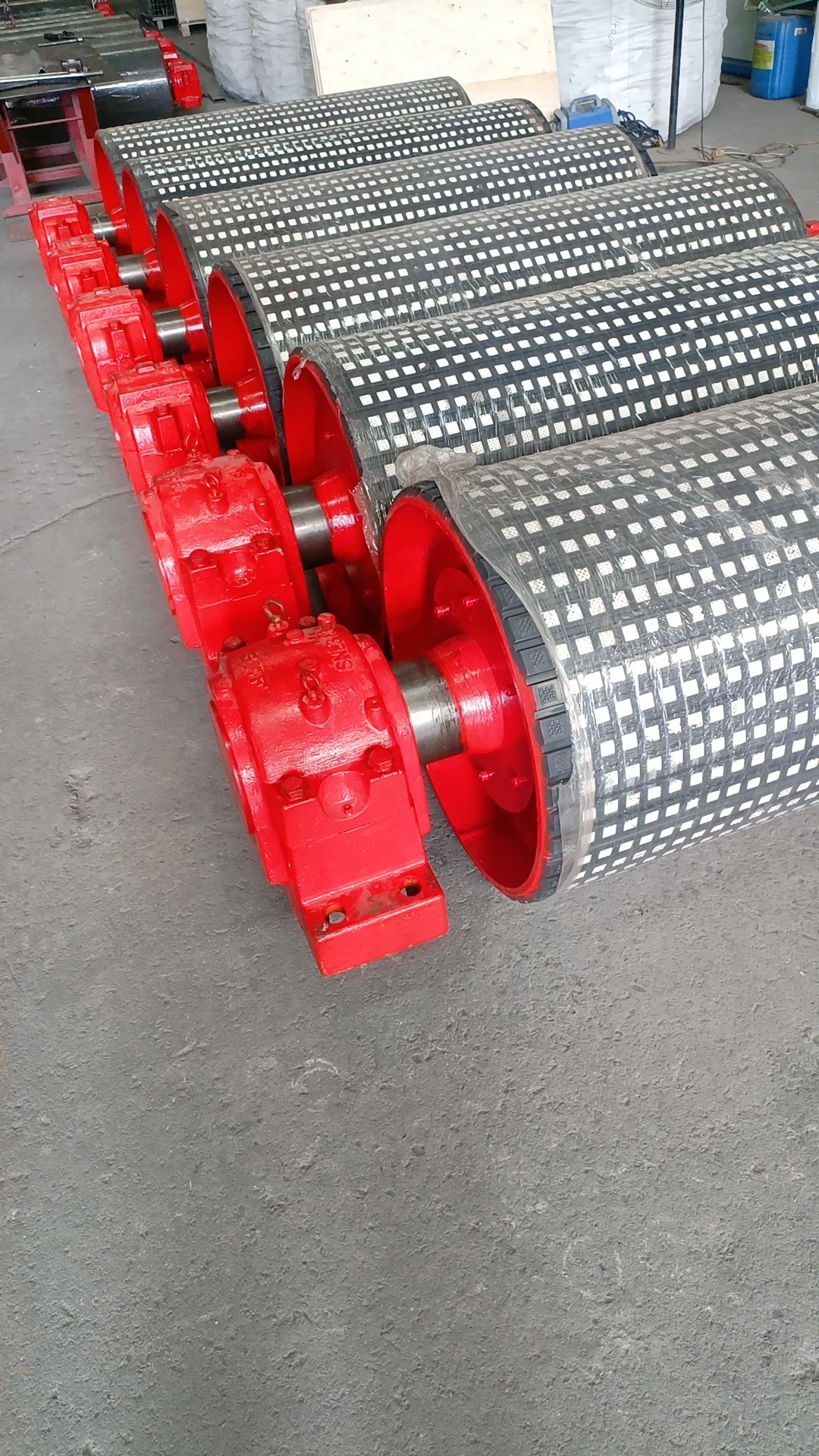 Afrikaans
Afrikaans  Albanian
Albanian  Amharic
Amharic  Arabic
Arabic  Armenian
Armenian  Azerbaijani
Azerbaijani  Basque
Basque  Belarusian
Belarusian  Bengali
Bengali  Bosnian
Bosnian  Bulgarian
Bulgarian  Catalan
Catalan  Cebuano
Cebuano  Corsican
Corsican  Croatian
Croatian  Czech
Czech  Danish
Danish  Dutch
Dutch  English
English  Esperanto
Esperanto  Estonian
Estonian  Finnish
Finnish  French
French  Frisian
Frisian  Galician
Galician  Georgian
Georgian  German
German  Greek
Greek  Gujarati
Gujarati  Haitian Creole
Haitian Creole  hausa
hausa  hawaiian
hawaiian  Hebrew
Hebrew  Hindi
Hindi  Miao
Miao  Hungarian
Hungarian  Icelandic
Icelandic  igbo
igbo  Indonesian
Indonesian  irish
irish  Italian
Italian  Japanese
Japanese  Javanese
Javanese  Kannada
Kannada  kazakh
kazakh  Khmer
Khmer  Rwandese
Rwandese  Korean
Korean  Kurdish
Kurdish  Kyrgyz
Kyrgyz  Lao
Lao  Latin
Latin  Latvian
Latvian  Lithuanian
Lithuanian  Luxembourgish
Luxembourgish  Macedonian
Macedonian  Malgashi
Malgashi  Malay
Malay  Malayalam
Malayalam  Maltese
Maltese  Maori
Maori  Marathi
Marathi  Mongolian
Mongolian  Myanmar
Myanmar  Nepali
Nepali  Norwegian
Norwegian  Norwegian
Norwegian  Occitan
Occitan  Pashto
Pashto  Persian
Persian  Polish
Polish  Portuguese
Portuguese  Punjabi
Punjabi  Romanian
Romanian  Russian
Russian  Samoan
Samoan  Scottish Gaelic
Scottish Gaelic  Serbian
Serbian  Sesotho
Sesotho  Shona
Shona  Sindhi
Sindhi  Sinhala
Sinhala  Slovak
Slovak  Slovenian
Slovenian  Somali
Somali  Spanish
Spanish  Sundanese
Sundanese  Swahili
Swahili  Swedish
Swedish  Tagalog
Tagalog  Tajik
Tajik  Tamil
Tamil  Tatar
Tatar  Telugu
Telugu  Thai
Thai  Turkish
Turkish  Turkmen
Turkmen  Ukrainian
Ukrainian  Urdu
Urdu  Uighur
Uighur  Uzbek
Uzbek  Vietnamese
Vietnamese  Welsh
Welsh  Bantu
Bantu  Yiddish
Yiddish  Yoruba
Yoruba  Zulu
Zulu conveyor guide roller
Understanding Conveyor Guide Rollers Key Components for Efficiency
Conveyor systems are an integral part of many industries, serving to streamline the movement of goods and materials. Among the various components that make up these systems, conveyor guide rollers play a crucial role in ensuring smooth operation. This article delves into the significance, types, and benefits of conveyor guide rollers, highlighting their importance in industrial settings.
Conveyor guide rollers are cylindrical components that facilitate the guiding of materials along a conveyor belt. They help maintain the alignment of the belt, preventing it from drifting and ensuring that goods are transported efficiently. Properly installed guide rollers can significantly reduce wear and tear on the conveyor system, prolonging its lifespan and improving overall performance.
One of the primary benefits of conveyor guide rollers is their ability to enhance safety. By keeping the conveyor belt properly aligned, these rollers minimize the risk of accidents caused by misalignment, such as falls or equipment damage. This is particularly important in environments where heavy machinery is in use, and maintaining a secure working space is crucial.
conveyor guide roller

Conveyor guide rollers come in various types and styles, each designed to meet specific operational needs. For instance, some rollers are designed for standard applications, while others are built to withstand harsh environmental conditions, such as extreme temperatures or exposure to chemicals. Additionally, there are specialized guide rollers that cater to particular industries, such as food processing or automotive manufacturing, ensuring compliance with relevant regulations and standards.
Another significant aspect of conveyor guide rollers is their contribution to efficiency. By reducing friction and ensuring smooth movement, these rollers help maintain a steady flow of materials. This efficiency translates to lower operational costs and increased productivity. Businesses can transport larger volumes of goods in a shorter time frame, leading to better overall performance and profitability.
Maintenance of conveyor guide rollers is also relatively straightforward, which is another advantage. Regular inspections and timely replacements of worn-out components can prevent unexpected downtime. Implementing a routine maintenance schedule helps ensure that the rollers operate optimally, contributing to the longevity of the entire conveyor system.
In conclusion, conveyor guide rollers are essential components that contribute to the efficiency, safety, and longevity of conveyor systems. By ensuring proper alignment of the conveyor belt, they play a pivotal role in enhancing productivity and reducing operational costs. As industries continue to evolve, the demand for reliable and durable guide rollers will persist, making them a key focus area for manufacturers and operators alike. Investing in high-quality conveyor guide rollers is, therefore, a strategic decision that pays off in the long run, ultimately leading to enhanced workflow and increased profitability.
-
Revolutionizing Conveyor Reliability with Advanced Rubber Lagging PulleysNewsJul.22,2025
-
Powering Precision and Durability with Expert Manufacturers of Conveyor ComponentsNewsJul.22,2025
-
Optimizing Conveyor Systems with Advanced Conveyor AccessoriesNewsJul.22,2025
-
Maximize Conveyor Efficiency with Quality Conveyor Idler PulleysNewsJul.22,2025
-
Future-Proof Your Conveyor System with High-Performance Polyurethane RollerNewsJul.22,2025
-
Driving Efficiency Forward with Quality Idlers and RollersNewsJul.22,2025





























